Have you heard? There’s a brand new knitting stitch in town! Just when we thought we’d seen it all. We caught up with inventor Vicki Twigg as we await the publication of her first book.
What is Twigg stitch, and what is it useful for?
Twigg stitch is a technique for knitting a single fabric with a different colour on each side. You knit it using two yarns at the same time and in its simplest form it produces a rib. It‘s easy to switch the colours to make stripes and I have found I can apply it to many other types of knitting including cables, colour work, stitch texture patterns, lace and more.
Twigg stitch can be used for all sorts of things, particularly reversible items and places where you might see both sides, like a collar or cardigan opening.
Is it easy to learn?
Interesting question. The book is not a how-to-knit guide; a basic knowledge of knitting is needed, but in general I would say yes. I have found that most knitters pick up the basic technique well, and some of these have been fairly new knitters. It uses knit and purl stitches that everyone is familiar with, the trick is to find your own way to hold the yarns to keep the tension even, and I have seen some very interesting variations among my students. It’s worth taking some time to practice.
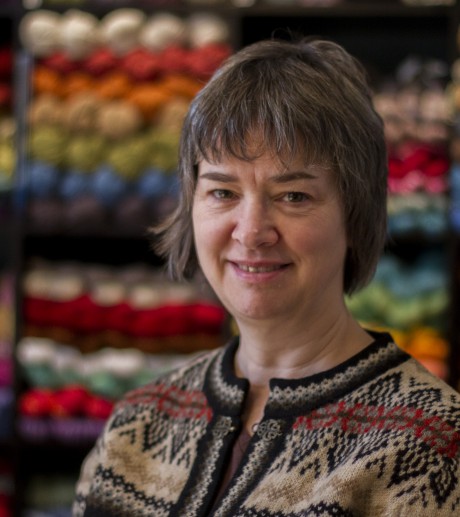
How did you discover the stitch?
I wanted to make a two-sided version of the two-colour rib (sometimes called corrugated rib), which normally has strands of yarn across the back like Fair Isle knitting. I thought it might be possible, so I experimented until I worked out how to get the result I wanted.
How long did it take you to master the stitch, and were there any disasters on the way?
Once I worked out the basic stitch I didn’t look back! It took a few weeks to get comfortable and make it look even. Then I started applying it to all the types of knitting I could think of, I have piles of little swatches. Some attempts were easier than others and I’m still experimenting – I keep coming up with new things to try! I wouldn’t say there were disasters, just some interesting tangles. There are some ideas which did not work out the way I hoped, but I’ve kept the experiments as they are often the starting point for other things.
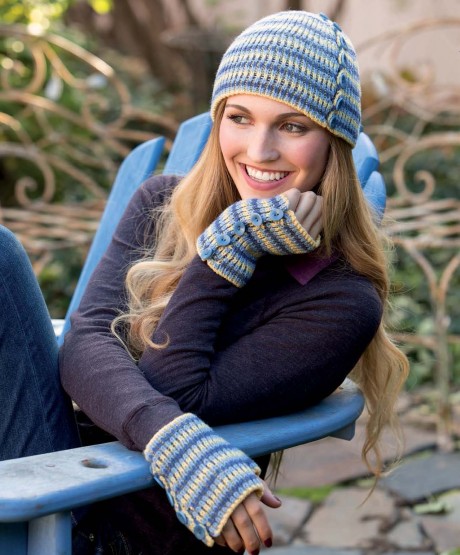
Buttoned Hat and Fingerless Mitts
What was it like designing the projects for the book? Were you still learning the possibilities as you went along?
I love to design simple elegant shapes. My editor, Ann Budd, and I decided to include mostly accessories, as they don’t need so much fitting. I was definitely still experimenting as I designed, sometimes because I needed to work out how to do part of the pattern, but often I found that the nature of the stitch or technique I had chosen helped to determine the shapes of the final design.
How does it feel now that the book is complete?
I don’t think it’s really sunk in yet. The last two years have been a whirlwind. I know that I am changed by the experience of writing the book and meeting so many new people, I have realised a dream and that has a deep effect on anyone. I’m excited to hear from people about their experiences with Twigg stitch and to see what other knitters and designers do.
Do you have a favourite project?
That’s a hard one to answer, as I enjoyed knitting them all. The Lake Shore wrap is actually the realisation of an idea I’d tried before, which came to life with Twigg stitch. I am really pleased with the way the Mothwing Scarf and the Fan Shawl came out; they are designs which explore the natural shape of the stitch pattern. I tend to think mathematically and am fascinated with interesting shapes like the Mobius (on the cover).
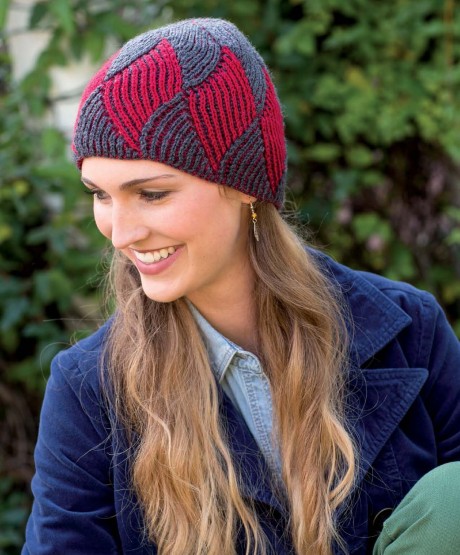
Double Diamond Beanie
Have you always been an experimental knitter?
Yes, although I don’t think I thought of myself in that way. I just indulged my imagination in whatever ways I could – sometimes in fabric sometimes knitting or crochet, sometimes through drawing.
What do you love most about knitting?
I find it both very relaxing and mentally stimulating. I can take it anywhere and knit while I socialise (as an introvert that is often very helpful).
What’s your best knitting advice?
Enjoy what you do, knit with friends. Try out different yarns and types of needles, try a different technique. If something is difficult there is often a different way to do it.
Twigg Stitch is published by Interweave/F+W Media and goes on sale on 30 November. Find out more at www.interweavestore.com or pre-order your copy here.



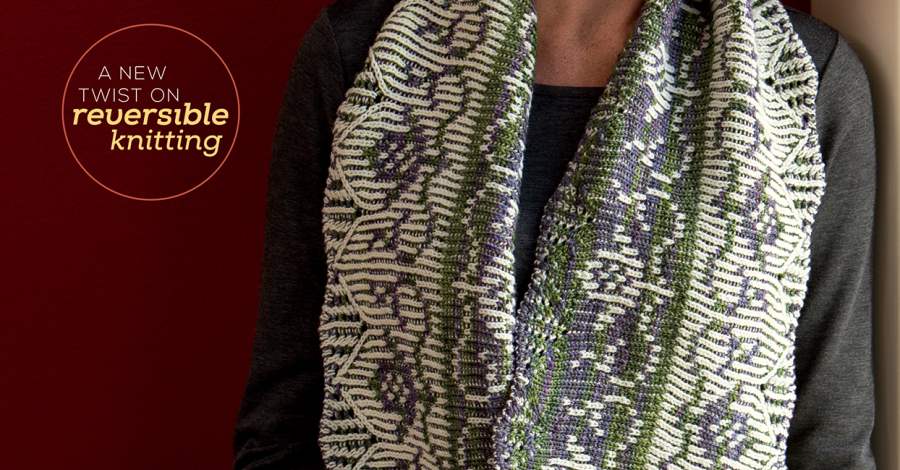
_333_180_c1.png)

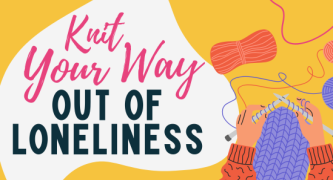
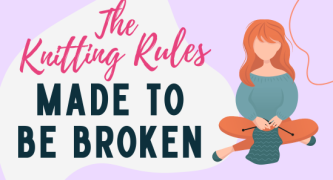
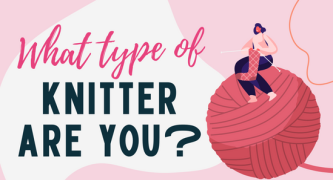

 Baby
Baby
 Toys
Toys
 Garments
Garments
 Crochet
Crochet
 Homewares
Homewares
 Dolls
Dolls








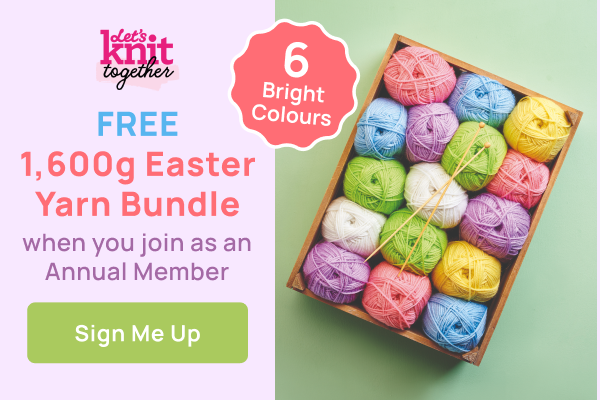
Share